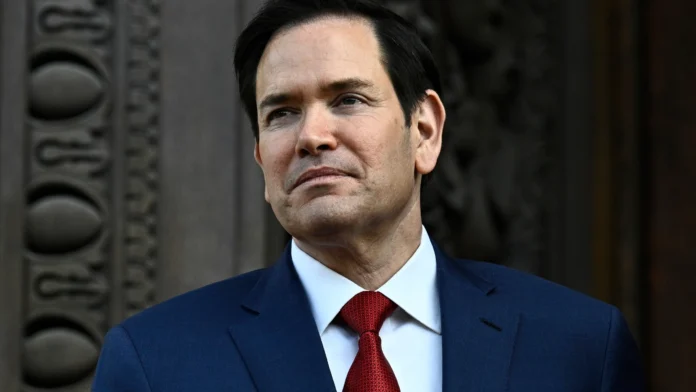The U.S. State Department is in the midst of its most extensive reorganization in recent history, driven by Secretary of State Marco Rubio’s vision to reshape the agency in line with the “America First” agenda. This ambitious restructuring involves cutting nearly 15 to 18 percent of the domestic workforce and consolidating or closing over 300 bureaus and offices worldwide.
The goal is clear: streamline operations, reduce bureaucratic inefficiencies, and refocus the department’s priorities to better serve national interests in a rapidly changing global landscape. Rubio has criticized the department’s existing structure as overly complex and bloated, arguing that it hinders effective diplomacy and wastes valuable resources.
Among the most significant changes are the closure or merger of more than 100 bureaus, including those focused on democracy promotion, human rights, and conflict resolution. These shifts reflect a strategic pivot away from some traditional diplomatic roles toward new priorities, such as addressing emerging global threats like artificial intelligence, hypersonic weapons, and space security. Additionally, a new undersecretary role will oversee foreign assistance and humanitarian affairs, consolidating functions previously handled by separate agencies.
The reorganization has not been without controversy. Nearly 2,000 employees have received layoff notices following a Supreme Court decision that allowed workforce reductions to proceed despite legal challenges. While critical services like passport and visa processing remain intact, divisions such as Economic Growth, Political Affairs, and Public Diplomacy face significant staff cuts.
Supporters argue that this overhaul will create a leaner, more agile State Department better equipped to tackle 21st-century challenges. Critics, however, warn that deep cuts risk undermining America’s diplomatic influence and its ability to promote democracy and human rights abroad.
As the State Department navigates this transformation, the coming months will reveal how these changes impact U.S. foreign policy and global engagement. What remains certain is that the agency is entering a new era, one defined by a sharper focus on core priorities and a streamlined approach to diplomacy.
